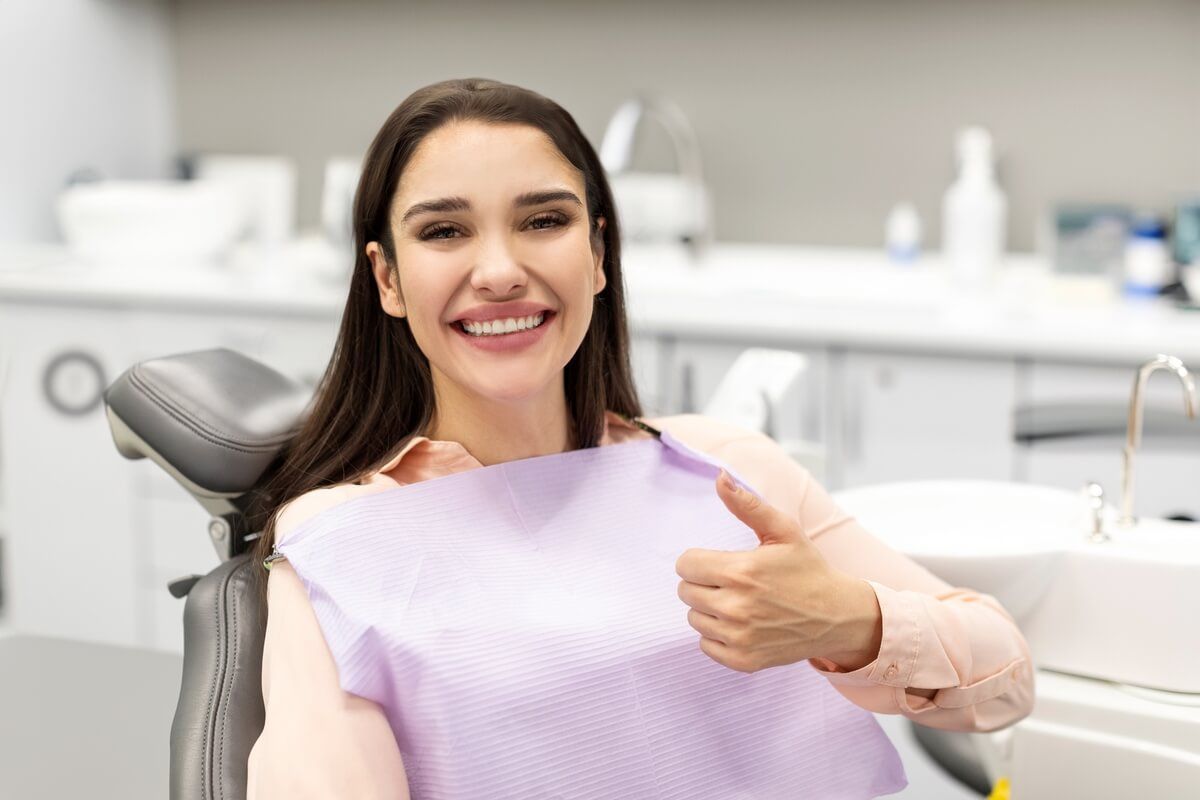Blog Layout
Reflux Can Cause Serious Tooth Damage
Faris Kirmani • July 10, 2019
You might think that the first symptom of acid reflux, technically known as gastroesophageal reflux disease (GERD) is heartburn.
Heartburn is a burning sensation in the chest and throat, often linked to certain foods you eat. It occurs when stomach acid backs up into the esophagus, the branch of your throat that conveys food to the stomach. While many people experience chronic heartburn as part of GERD, others do not. In fact, for many people, the first discernible symptom of GERD may be tooth damage. In addition, tooth damage is one of the most serious and lasting consequences of GERD.
Damage You Might Not See
GERD is when acid frequently backs up from the stomach into the esophagus. It can travel from the esophagus into the mouth. You might notice the bitter taste of the acid entering your mouth, or you might not. However, your teeth will notice.
Acid entering the mouth from the stomach can be as powerful as lemon juice, and has the ability to remove enamel from your teeth very quickly. It can be 10,000 times stronger than the point where your tooth enamel starts to break down. But the teeth most likely to be affected are those in the back of your mouth. And the part that’s most likely to be impacted is the inside of the arch. In other words, this is the part of your teeth that you are least likely to see on a daily basis.
But we will see the impact of acid reflux on your teeth when we examine them at your regular checkup and cleaning visit. This is another good reason to make your regular six-month checkups--it helps us detect problems before they cause too much damage.
Signs That GERD Is Damaging Your Teeth
However, left untreated, GERD will continue to damage your teeth, leading to more serious problems. You will start to notice the effects, too, which might include:
- Tooth sensitivity to heat, cold, and pressure
- Tooth discolouration
- Chipped or cracked teeth
- More frequent cavities
- Loose fillings
- Tooth infection
- Tooth loss
When acid attacks your teeth, it can make them more permeable, which increases your sensitivity to hot and cold foods and drinks. As the enamel wears away, the dentin underneath, which is yellow, begins to show through. This is discolouration that doesn’t respond to teeth whitening. As your teeth loose minerals from enamel, they get softer, which makes them more prone to chipping, cracking, and pressure sensitivity.
Demineralization is the first step in tooth decay, so GERD gives cavities a head start. It can also wear away the enamel that supported your fillings. As cavities grow, so does the risk of tooth infection. And if teeth are infected, they may be lost or have to be removed.
Let Us Help Restore Teeth Damaged by GERD
If you’ve been diagnosed with GERD and feel that it’s damaged your smile, you don’t have to despair. There are many ways to fix the damage. Dental crowns are a great way to protect damaged teeth. They restore the appearance of the tooth, and they are resistant to attack by acids. You still want to get GERD treated, but at least you’ll know your teeth are resilient against that threat.
To learn how we can restore a smile damaged by GERD in Hawkesbury, please call (02) 4501 7930 today for an appointment with a restorative dentist
at Riverlands Dental in North Richmond.
Suburbs Served
North Richmond












